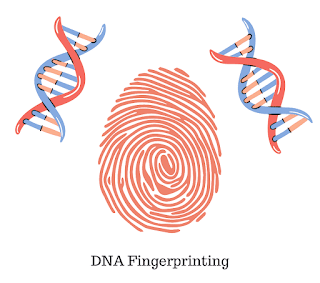Properties of Magnets: Definition, Types and Application
What is a Magnet?
A magnet is a material that has both attractive and directive properties. This property of attraction is called magnetism. When suspended freely, a thin long piece of magnet comes to rest nearly in the geographical north-south direction.Types of Magnets
Magnets are of basically two types-1. Natural Magnet
The magnets which exists in earth naturally are called natural magnets.For example: Earth's magnetic field.
2. Artificial Magnets
The pieces of iron and other magnetic materials can be made to acquire the properties of natural magnets. Such magnets are called artificial magnets.The main advantage of these magnets is that they can be made much more stronger than the natural magnets and also of any convenient shape and size.
They are generally available in the following forms:-
1. Bar Magnet
It is a bar of circular or rectangular cross section.2. Magnetic Needle
It is a thin magnetized steel needle having pointed ends and is pivoted at its center so that it is free to rotate in a horizontal plane.3. Horse Shoe Magnet
It has the shape of a horse-shoe and thus it has been named so.4. Ball-Ended Magnet
It is a thin bar of circular cross-section in two spherical balls.Basic Properties of Magnets
1. Attractive Property
A magnet attracts small pieces of iron, cobalt, nickle, etc. When a magnet is brought near a heap of iron filings, the ends of the magnet show the greatest attraction. These ends, where the magnetic attraction is the maximum, are called poles of the magnet. Thus every magnet has two poles.
2. Directive Property
When a magnet is suspended or pivoted freely, it aligns itself in the geographical north-south direction. The pole of the magnet which points towards the geographical north is called the north-seeking or north(N) pole. The other pole which points towards the geographical south is called the south-seeking or south(S) pole of the magnet.
3. Like Poles Repel and Unlike Poles Attract
If the N-pole of a magnet is brought near the N-pole of a suspended magnet, the poles are found to repel each other. Two S-poles always attract each other. This action can be described by the law of magnetic poles which states that like magnetic poles repel, and unlike magnetic poles attract each other.
4. Magnetic Poles Always Exist in Pairs
If we try to isolate the two poles of a magnet in the middle , each broken part is found to be a magnet with N- and S- poles at it ends. if we break these parts further, each part again is found to be a magnet. So unlike electric charges, magnetic monopoles do not exist. Every magnet exists as a dipole.
5. Magnetic Induction
A magnet induces magnetism in a magnetic substance placed near it. This phenomenon is called magnetic induction. When N- pole of a powerful magnet is placed close to a soft iron bar, the closer end of the bar becomes S- pole and the farther end N- pole. As a result, the magnet attracts the iron bar. Thus induction precedes attraction.








